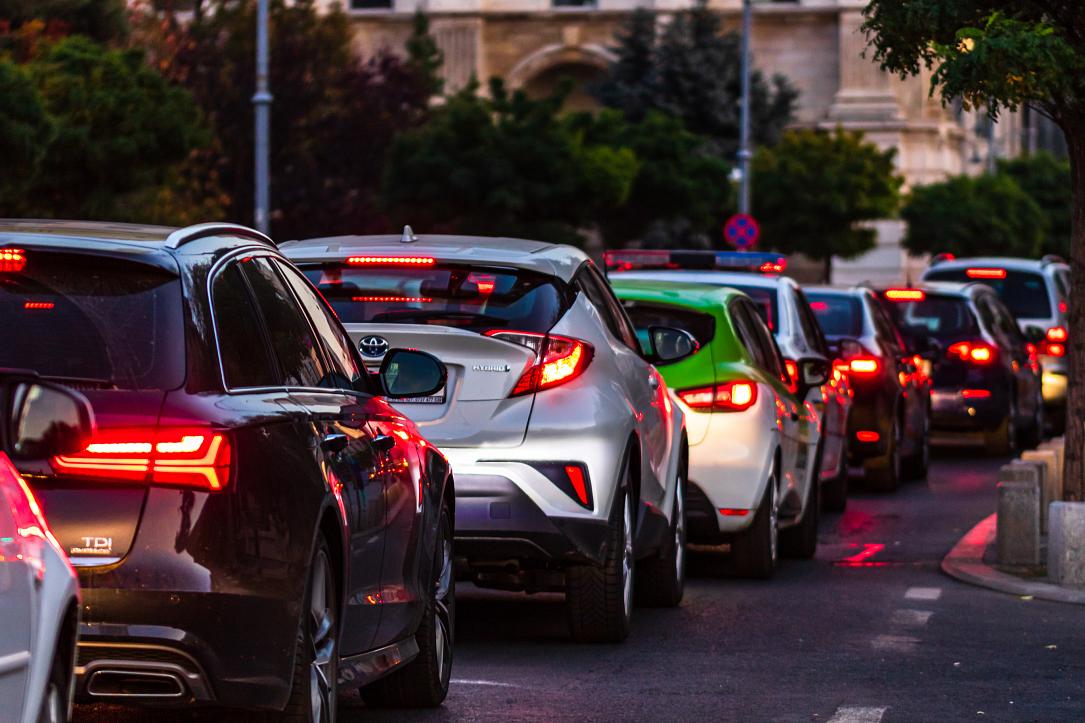PwC Autofacts: Romania's new car sales set to grow by 1.1% in 2025, production expected to decline



New car sales in Romania are expected to rise by 1.1% in 2025, compared to the previous year, with the country being one of only two markets in Central Europe, alongside Slovakia, to experience growth, according to the latest PwC Autofacts report. Slovakia is expected to see a 2% increase in sales, while Poland and Hungary are likely to remain stable, and the Czech Republic will experience a 3% decline.
The Romanian car market performed relatively well in 2024, and the outlook for 2025 remains optimistic.
Daniel Anghel, Country Managing Partner and Auto Industry Leader at PwC Romania, emphasized that the growth is encouraging, especially given the rapid aging of Romania's vehicle fleet. To mitigate this issue, he suggests measures to stimulate the purchase of new cars, including a new environmentally-based vehicle tax system, which is included in the National Recovery and Resilience Plan (PNRR).
Romania has the third oldest car fleet in the European Union, with an average age of 15.4 years, compared to the EU average of 12.5 years. According to the latest report by the European Automobile Manufacturers' Association (ACEA), 8.1 million cars were on the roads in Romania in 2023, with 6.5 million being over 10 years old.
Electric, plug-in hybrid, and hybrid electric vehicles make up just 1.5% of the total. A reduction in government subsidies for electric cars from EUR 10,000 to EUR 5,100 in 2024 led to a 30% decrease in electric vehicle sales in Romania.
According to the same report, despite a 2.8% decline in Dacia sales in 2024, the brand remains the top seller in the Romanian market, with a 30.2% share. Other brands, such as Toyota, Hyundai, and Mercedes-Benz, exceeded the overall market growth of 4%, with Hyundai overtaking Skoda and Mercedes-Benz surpassing Suzuki.
On the production side, Romania's automotive output, which grew by 9% in 2024 to approximately 560,000 units, is expected to decline in 2025.
The return of light commercial vehicle production in 2023, after a ten-year break, saw annual production reach 84,000 units. However, forecasts indicate that overall automotive production in Romania, including both cars and light commercial vehicles, will decrease by 2.7% annually between 2025 and 2030. This decline is attributed to a continued reduction in Renault's production, while Ford's output is expected to remain steady, according to the Autofacts report.
Regionally, sales and production in the five analyzed markets from Central Europe are set to decline in 2025. After a 9.3% increase in 2024, vehicle sales in the region are expected to fall by 0.2% due to deteriorating economic sentiment in the final quarter of the year.
Meanwhile, vehicle production in the region decreased slightly by 1.2%, with a 4% decline in passenger car output impacting the overall performance.
By 2028, Hungary is expected to climb from fifth to third place in the region's automotive production ranking, thanks to an increase in Mercedes-Benz production, while the Czech Republic remains the largest producer despite experiencing the most significant decline.
Romania is projected to remain fifth in the region, with Poland fourth and Slovakia second.
irina.marica@romania-insider.com
(Photo source: Vlad Ispas/Dreamstime.com)